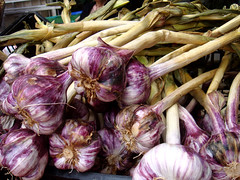All you need is:
- A length of string
- A kitchen timer
What to do:
1) Securely tie the string to the timer (Double check this, you don't want the timer flying around later)
2) Start the timer beeping.
3) Find a nice big open space and swing the timer round your head in a big circle.
Notice anything odd about the sound of the beeper?
Well you shouldn't, because if you are doing the swinging then the distance between you and the timer isn't changing, so you won't hear a change in pitch. Just like you wouldn't notice the sound of the siren changing if you were sitting in the emergency vehicle.
However if you get someone else to listen (watch out they don't get hit by) , then they'll hear a different note depending on whether the timer is coming towards them or swinging away.
What's going on?
Sound travels as waves, and the pitch of note depends on how close together the peaks of these waves are. So a high note will be made of waves with peaks that are closer together that a low note.
The timer is emitting a constant beep with a constant note i.e. the distance between the peaks of the waves are always the same. But when the timer is travelling towards an listener (i.e. not the person doing the spinning) each wave peak is emitted from a point that is closer to the listener than the previous peak. Therefore the time between each peak arriving at the listener is reduced and so the note sounds higher. Then the reverse happens when the timer is moving away from the listener and the note sounds lower.
And of course the person doing the spinning doesn't notice any change because the distance between him and the timer doesn't change.















.JPG)